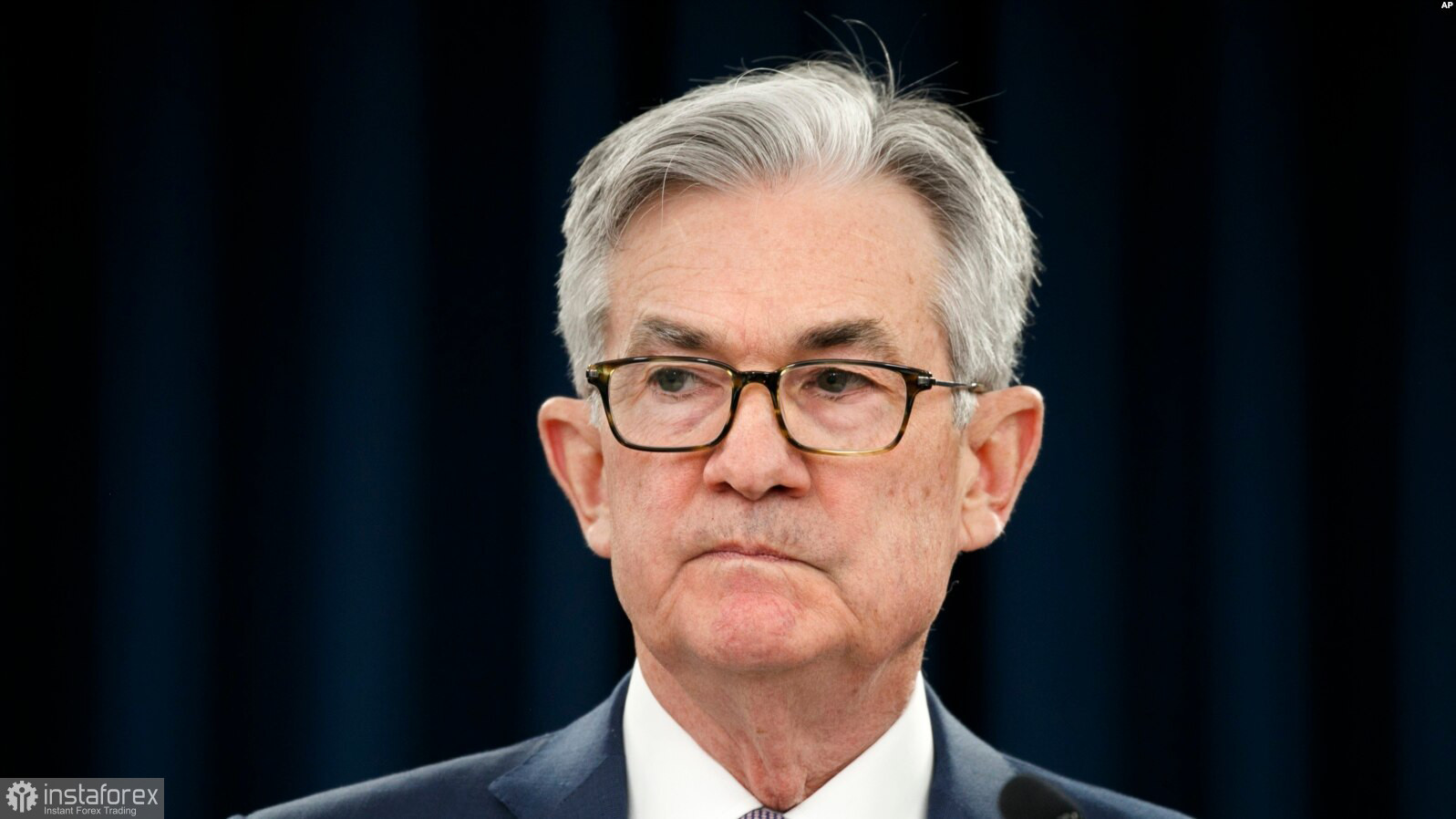
As we expected, the markets reacted to the results of the Fed meeting in a completely different way than one would expect. Recall that the rate hike, and even the most aggressive since 2000, was supposed to support the dollar exchange rate, as well as cause a drop in the stock market. In practice, everything happened exactly the opposite. This happened because the markets were already ready for an increase of 0.5% for a long time. Also, Powell's statement that the Fed will begin to reduce its balance sheet did not become news. However, we would not make any loud conclusions on the technical picture. The fact is that it so happens that the markets do not react quite logically, but this does not mean that the previous trend is now broken. The US dollar, for example, still has much more reason to grow than the euro or the pound. And a further increase in the key rate announced by Powell will mean that safe asset will continue to grow in their profitability, increasing demand for themselves and reducing it for risky assets, such as stocks or cryptocurrencies. Therefore, we remain with our initial opinion that the stock market is waiting for a global correction in 2022. The Fed has raised the rate so far by only 0.75% (in total). This year it may grow to 2.5% minimum. It is unlikely that against the background of such changes in monetary policy, the stock market will be able to show growth.
At the press conference, Jerome Powell touched upon many issues of interest to the market. In particular, he said that price stabilization remains the number 1 goal for the regulator, and in conditions of rapid growth in food and energy prices, it would be advisable to increase the cost of loans and "cool" the economy. The Fed believes that raising the rate will lead to the fact that spending will decrease, but not so much as to provoke a recession in the economy. Powell also noted that a 0.5% rate increase will also be considered by the monetary committee at meetings in June and July, so in three months the rate can be brought up to 2%. However, the head of the Fed rejected the proposal to raise the rate immediately by 0.75%. Powell also noted that "lockdowns" in China further disrupt supply chains, and the military conflict in Ukraine provokes an even greater increase in oil and food prices. Thus, the Fed intends to fight external factors that are beyond its control by raising the rate and reducing the balance sheet. That is why we believe that even bringing the rate to a neutral level may not lead to a serious drop in inflation, since the conflict in Ukraine and the difficult situation with the pandemic will not end from this. Many experts also believe that openly declaring that an increase in the rate will not open factories in China and will not increase grain supplies from Ukraine.
 English
English 
 Русский
Русский Bahasa Indonesia
Bahasa Indonesia Bahasa Malay
Bahasa Malay ไทย
ไทย Español
Español Deutsch
Deutsch Български
Български Français
Français Tiếng Việt
Tiếng Việt 中文
中文 বাংলা
বাংলা हिन्दी
हिन्दी Čeština
Čeština Українська
Українська Română
Română

